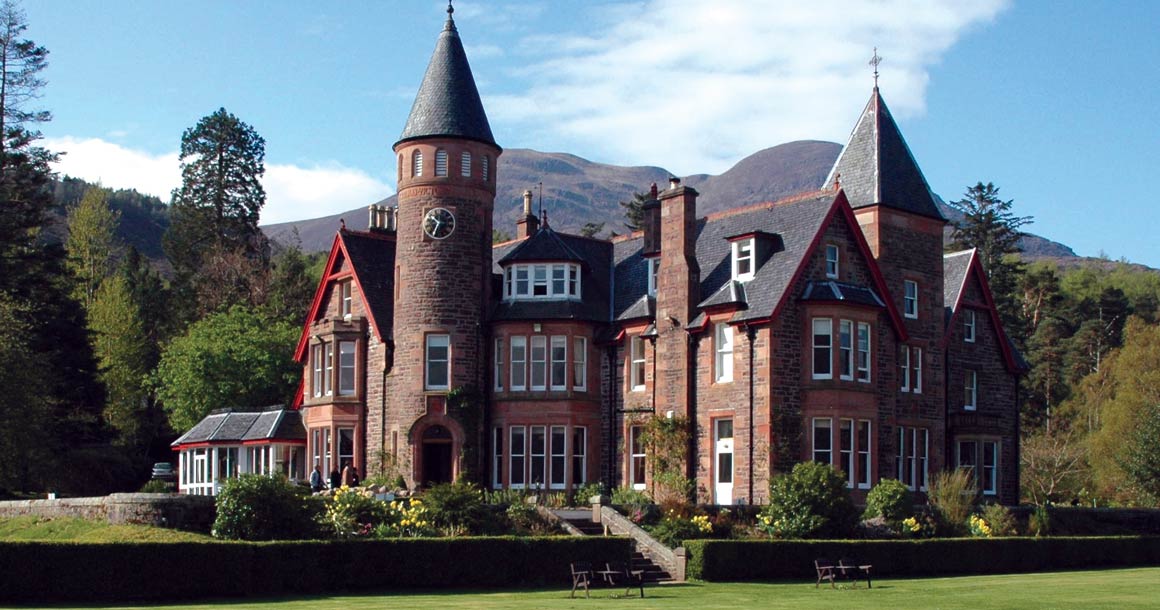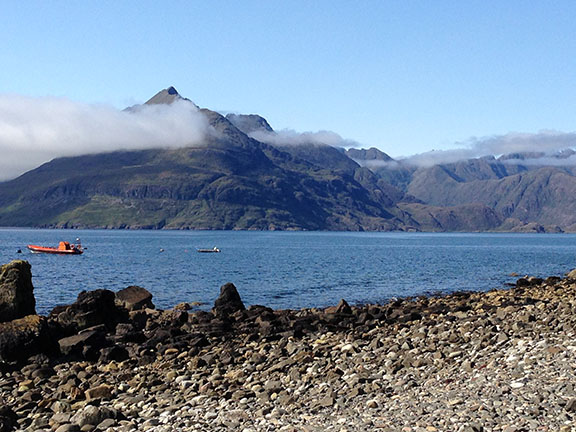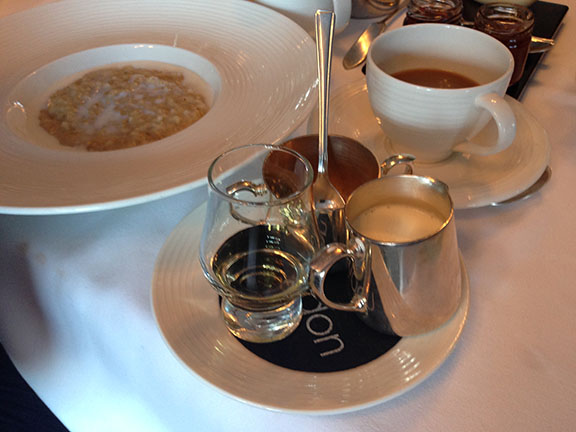
Historic castles and lively pubs, rolling countryside and crashing surf, Scotland is a hiker’s dream. Indeed, with its mix of inland lochs, windswept isles, and plenitude of low-lying peaks, Scotland is consistently ranked as one of the best places to hike in Europe. An outdoor lover’s playground, Scotland is famous for its wilderness pursuits. During the summer, when the days are long, outdoor enthusiasts can enjoy a variety of activities such as hiking, mountain biking, sea kayaking, fishing, and surfing.
History
 Scottish history is a varied story of disappearing peoples, colonial history, and preserving culture. Originally inhabited by the mysterious Celts and Picts, little is known about their culture and lifestyle, with some references to their druidic religion and the magnificent monument of The Standing Stones of Callanish – nicknamed the ‘Stonehenge of the North’, representing their most mysterious legacy. Scotland entered recorded history through the Roman invasion and colonization. Roman remnants, like the 2nd-century Roman Bath house in Bearsden, stand as evidence of Roman presence along the Antonine Wall, where forts were strategically stationed. Finally, after the retreat of the Roman empire, Scotland became incorporated into the kingdoms that would eventually unite into the English Empire, with the longstanding clans (political and social groups built around ruling families) resisting the complete control of Scottish life up until the modern era.
Scottish history is a varied story of disappearing peoples, colonial history, and preserving culture. Originally inhabited by the mysterious Celts and Picts, little is known about their culture and lifestyle, with some references to their druidic religion and the magnificent monument of The Standing Stones of Callanish – nicknamed the ‘Stonehenge of the North’, representing their most mysterious legacy. Scotland entered recorded history through the Roman invasion and colonization. Roman remnants, like the 2nd-century Roman Bath house in Bearsden, stand as evidence of Roman presence along the Antonine Wall, where forts were strategically stationed. Finally, after the retreat of the Roman empire, Scotland became incorporated into the kingdoms that would eventually unite into the English Empire, with the longstanding clans (political and social groups built around ruling families) resisting the complete control of Scottish life up until the modern era.
Scotland Geography
 Ryder-Walker’s tours in Scotland are focused on the northern reaches of the nation, moving through the eternally wild Scottish Highlands as well as its northernmost isles. The Scottish Highlands rise from the edge of the planes that house the two most notable Scottish cities, Edinburgh, and Glasgow. Continuing north past the highlands, Scotland becomes even more remote, with the landscape becoming nearly arctic.
Ryder-Walker’s tours in Scotland are focused on the northern reaches of the nation, moving through the eternally wild Scottish Highlands as well as its northernmost isles. The Scottish Highlands rise from the edge of the planes that house the two most notable Scottish cities, Edinburgh, and Glasgow. Continuing north past the highlands, Scotland becomes even more remote, with the landscape becoming nearly arctic.
One of the most beautiful parts of Scotland is the Trossachs area around Loch Lomond. Easy to access from Glasgow, the central portion of Loch Lomond is so lovely that it was officially designated as Scotland’s first national park in 2002. The south is a mix of woodlands and meadows bumping against the island-dotted shoreline, while the northern half consists of deep lochs surrounded by 900-meter mountains. Delightful towns, filled with pubs, open-air markets, and enchanting castles pepper the region.
The Isle of Skye is another location in Scotland with a startling natural beauty. On the Isle of Skye one can truly feel the sense of northern exposure, with flocks of sheep becoming more numerous than people, and the settlements largely reduced to seaside villages where fisherman brave the cold waters of the North Atlantic.
Food and Culture
 The pubs of Scotland are a vibrant part of the culture. These are where the Scots grab a drink and a meal with friends as well as swap stories. Music, too, is an important component of pub life. Sometimes, bands will play, but more often than not, locals will bring their instruments and informally jam, singing traditional and contemporary songs. Many Scottish pubs have preserved their 18th or 19th century décor with timber-beamed ceilings and mahogany bars.
The pubs of Scotland are a vibrant part of the culture. These are where the Scots grab a drink and a meal with friends as well as swap stories. Music, too, is an important component of pub life. Sometimes, bands will play, but more often than not, locals will bring their instruments and informally jam, singing traditional and contemporary songs. Many Scottish pubs have preserved their 18th or 19th century décor with timber-beamed ceilings and mahogany bars.
The Scottish microbrew industry has exploded in recent years and in most pubs, you’ll find a range of IPA’s and dark beers alongside more traditional lagers and bitters (or as the Scottish call them, exports). Historically, the strength of Scottish beers was indicated by price—the more alcohol, the higher the shillings—and you’ll still see that distinction made with some of the more traditional Scottish beer, with a range of 60 to 80-shilling brews.
Meanwhile scotch is as synonymous with Scotland as its golf and kilts. The spirit, made from a fermented grain mash, has been distilled in the country for over 500 years. Each region of Scotland has its own distinct flavor, from the smokier varieties of Islay to the more floral Speyside malts.
Scottish food has come a long way from the fried fish, mushy vegetable days of the past. Not surprisingly, the seafood in Scotland is excellent, with delicious options for scallops, lobster, and salmon, as well as many other cold-water fish. The farm-to-table culture is alive and well, with everything from restaurants to pubs to food carts featuring local vegetables, meats, and cheeses. Even Scotland’s curious-sounding national dish, haggis, a mix of chopped sheep parts, onions, and oatmeal stuffed into the sheep’s stomach, can be quite good, with deep-fried varieties served by some street carts. Haggis along with side dishes like neeps and tatties (turnips and mashed potatoes), and traditional Scottish desserts contribute to Scotland’s unique cuisine.
Learn more about our guided Scotland: Highlands and Islands Trek
Learn more about our self-guided Scotland: Rob Roy Trek








Comments are closed.